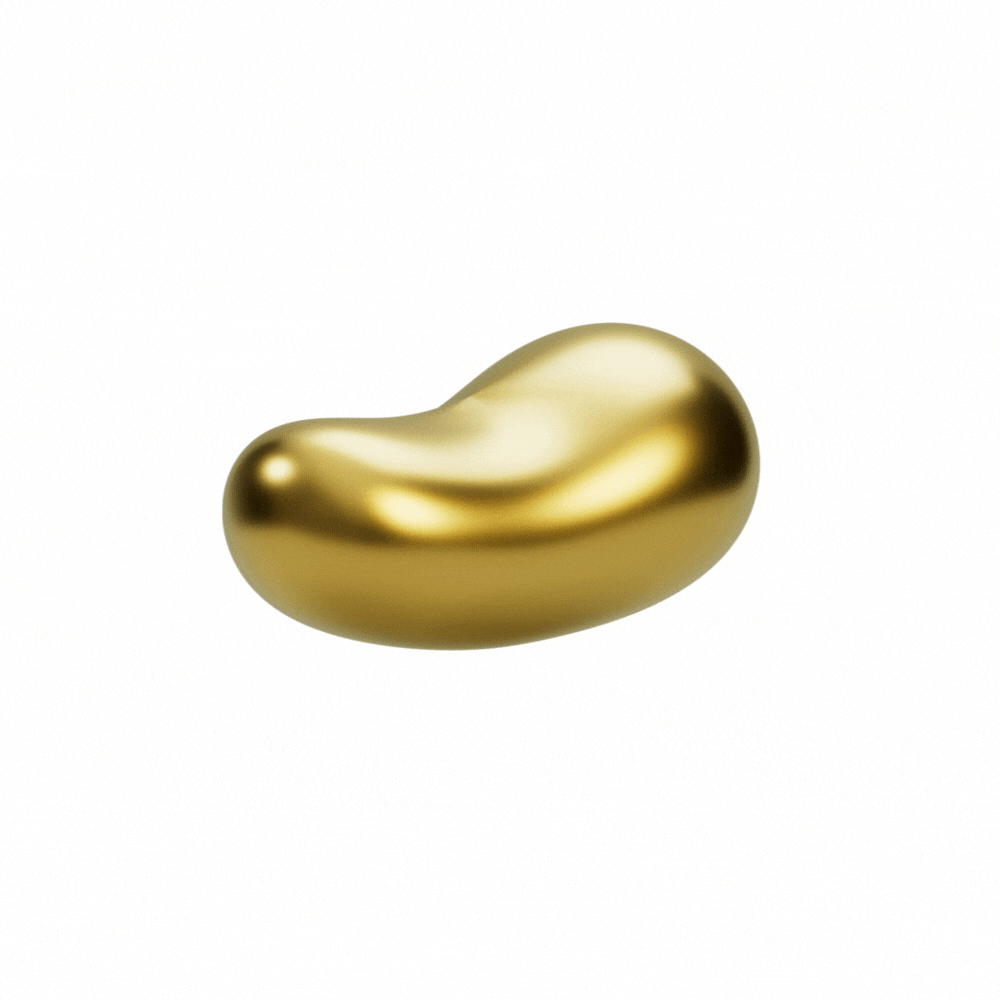Julia Zurilla
Julia Zurilla was born in Venezuela and has been living and working in Miami since 2017. She earned her BFA and MFA from IUESAPAR in Caracas (2001). Currently, she is an active member of Laundromat Art Space. As a multidisciplinary artist, she intertwines images from diverse sources to challenge notions of belonging related to the environment. Her primary mediums encompass video, installations, and photography, complemented by writing and textiles. Her artwork has been showcased in international museums and institutions, including Galería de Arte Nacional Venezuela, Coral Gables Museum, Museo de Arte Contemporáneo MAC Lima in Peru, Theâtre La Colonie in Paris, Museo de Arte Contemporáneo de Caracas), Cisneros Fontanals Art Foundation CIFO in Miami, Museo de Bellas Artes Venezuela, and Americas Society Art Gallery in New York. Recent grants and awards include “NO VACANCY” Art in Public Places Miami Beach 2024, "Miami Individual Artist Grant" from Miami Dade County Department of Cultural Affairs (2024-2023), and "Corral & Cathers Artist Fund Grant" from The Coral Gables Community Foundation (2023). Her work is held in institutional collections such as Fundación Museos Nacionales and Galería de Arte Nacional in Venezuela, Colección / Fundación Banco Mercantil, ExxonMobil Collection, and Luciano Benetton Collection.
Collect Bean: What’s the kindest thing someone could say about your work?
Julia Zurilla: The kindest thing someone could say about Sea Scriptures is that they feel the movement and rhythm of the sea in the fabric and the text as if they could hear the waves through the stitched lines and fragmented words. If my work can evoke that silent yet powerful connection with the ocean, perhaps even with their memories, I feel the piece has fulfilled its purpose.
Collect Bean: How has your work evolved over time?
Julia Zurilla: My work has evolved significantly since I moved to Miami in 2017. The transition from Venezuela to South Florida shifted my focus from intimate familial narratives to broader environmental and cultural contexts. This evolution stems from my continuous exploration of memory and displacement, now expressed through tactile and textural elements that merge the visual and the sensory. Additionally, my use of technology has expanded; I now combine analog processes, such as 8 mm film and typewritten text, with digital techniques, creating a dialogue between the past and the present.
Collect Bean: What role does art play in society, and how does your work contribute to that?
Julia Zurilla: Art serves as a space for contemplation, connection, and dialogue. With Sea Scriptures, my goal is to create a reflective experience where viewers can pause and immerse themselves in the rhythmic language of the sea, translated into textiles. Combining stitching, typewritten text, and the suggestion of Braille or Morse code, the work invites meditation on communication, memory, and the shared human experience of interpreting what is seen and felt.
Collect Bean: Are there recurring themes or motifs in your art, and what do they represent to you?
Julia Zurilla: Yes, recurring themes in my work include memory, displacement, and the interplay between the analog and the digital. These motifs represent a continuous search for understanding and connection—both personal and collective. The sea, in this context, becomes a symbol of movement and constancy, while silence offers a space for reflection and resilience.
Collect Bean: What is one of your current goals as an artist?
Julia Zurilla: One of my current goals is to deepen my exploration of text and texture as interconnected forms of storytelling. I’m interested in expanding the sensory dialogue between what is seen, touched, and imagined. By combining textile techniques with typewritten fragments, I aim to create works that feel like tactile poems, drawing viewers into a meditative space where they can reflect on the vastness and fragility of memory—just like the sea itself.

